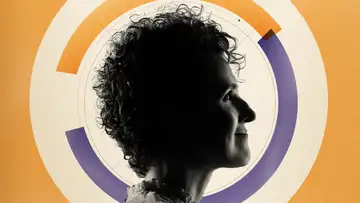Barbershop Health InterventionTop of Mind with Julie Rose • Season 1, Episode 214, Segment 4
Jan 19, 2016 • 18m
Guest: Olga Davis, PhD, Professor of Human Communication at Arizona State University and Founder of the “African American Cardiovascular Health Literacy Exploration”
The list of health problems that affect African Americans disproportionately in the US is long: heart disease, stroke, obesity, diabetes, high blood pressure, colorectal cancer and HIV are some of the most worrisome according to CDC data. The average life span for African Americans is three years shorter than the nation as a whole. Why? Racial discrimination, cultural barriers and lack of access to health care all contribute.
A project out of Arizona State University is targeting those factors from an unlikely place—the barbershop.